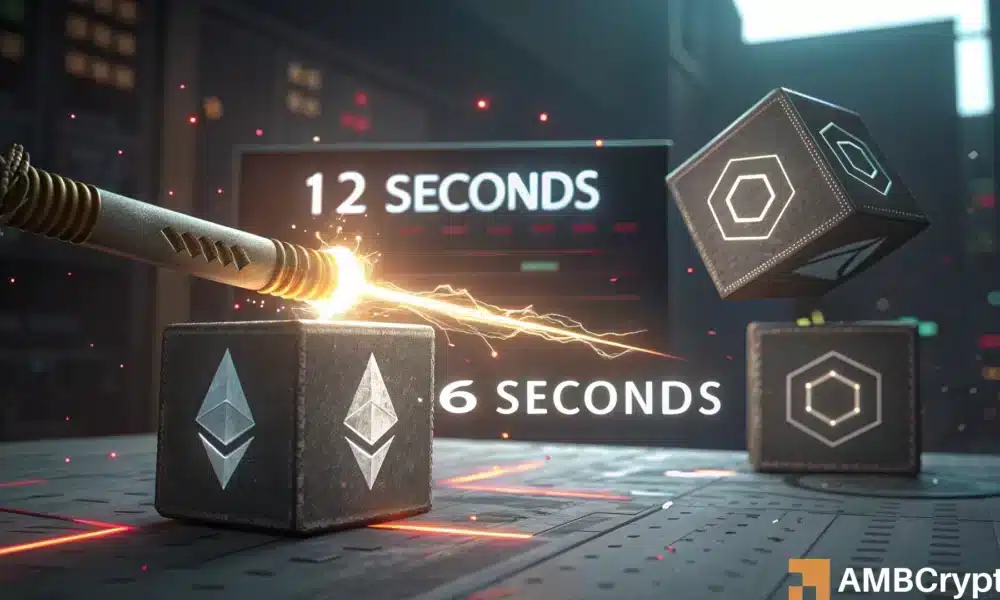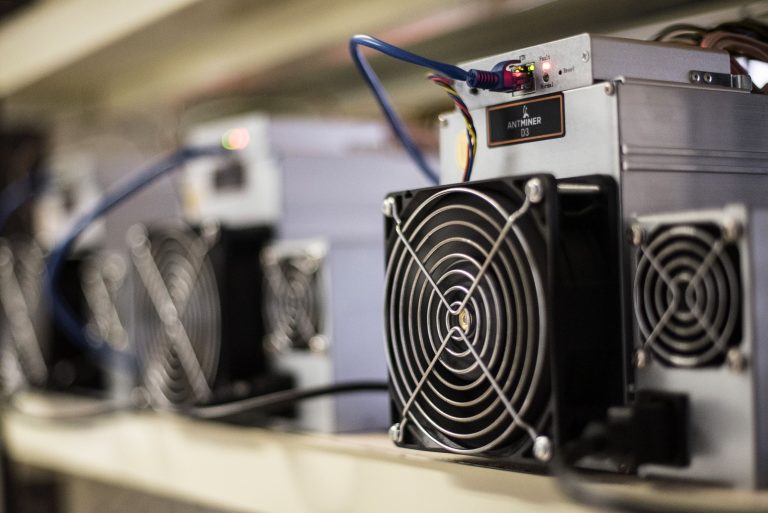- Ethereum’s proposed 6-second slot time targets faster confirmations and tighter DeFi loops.
- Next big leap, or just a marginal tweak to block timing?
As a Layer 1 blockchain, Ethereum [ETH] has always offered more than just price speculation. Its real strength lies in its DeFi ecosystem, by far the largest of any chain, with $60.92 billion in Total Value Locked (TVL).
Now, Ethereum developers appear to be doubling down on that core use case. As outlined in EIP-7782 for the upcoming Glamsterdam upgrade, they’ve proposed cutting Ethereum’s slot time in half, from 12 seconds to 6.
With the Pectra upgrade already rolled out and this next change on the table, 2025 is shaping up to be Ethereum’s most transformative year yet. But is this just another technical tweak, or is it the chain’s next real leap forward?
A base-layer tweak with cascading effects
Interestingly, proponents of the upgrade are already calling the slot-time reduction Ethereum’s biggest rollup yet. And there’s a good reason for that.
Right now, it takes 12 seconds for each block to be proposed, validated, and added to the chain. Halving that to 6 seconds could significantly tighten feedback loops across the L1 stack, without increasing gas limits or throughput.
In other words, Ethereum wouldn’t process more, but it would process faster. So, if the blockchain proceeded for an hour, you’d get twice as many blocks, 600 instead of 300.
But here’s the key part: The gas limit stays the same. Each block still carries the same computational weight. And that shift alone could make fees more predictable.
With transactions getting picked up more often, users might not need to overpay to get confirmed quickly. In practice, that could mean lower average costs per transaction.
From a technical standpoint, Ethereum’s EIP-7782 proposal could be a quiet game-changer.
Lower fees alone could drive stronger network engagement, especially at a time when L1 blockchains are seeing their most utility-driven demand since launch.
But Ethereum isn’t just any L1. It’s the backbone of DeFi. So the real question is: Could this slot-time reduction reshape DeFi just as much as it improves user experience (UX)?
Shorter block times, sharper Ethereum’s DeFi execution
At its core, DeFi lets you trade, lend, borrow, and earn, without banks or middlemen. But all that still runs on Ethereum’s block timing. Right now, every transaction has to wait around 12 seconds to get confirmed.
Say you’re swapping on Uniswap. That delay might not sound like much, but in volatile markets, 12 seconds can mean big price swings. In turn, you might pay more just to avoid being stuck in the queue.
Drop that to 6 seconds, and the system reacts quicker. Prices stay more in sync, and users get better execution.
Consequently, more efficient trading could pull in deeper liquidity, and with it, more users staking ETH to earn yield, reinforcing demand at the protocol level.
So while cutting slot times might sound like a minor tweak, it has real implications. Faster blocks mean tighter markets, better UX, and stronger incentives to hold and use ETH.
Overall, it’s a structural move to strengthen both fundamentals and on-chain activity.












